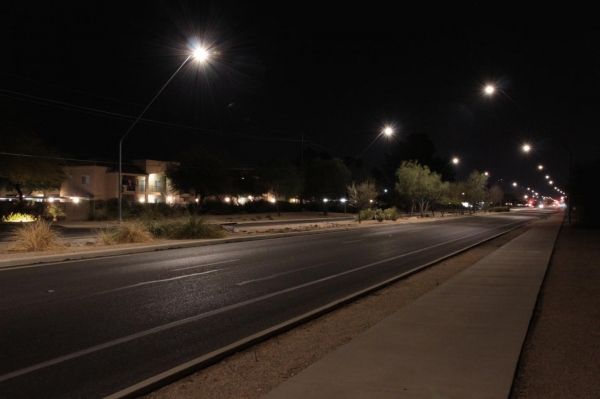When satellites take pictures of Earth at night, how much of the light that they see comes from streetlights? A team of scientists from Germany, the USA, and Ireland have answered this question for the first time using the example of the U.S. city of Tucson, thanks to “smart city” lighting technology that allows cities to dim their lights. The result: only around 20 percent of the light in the satellite images of Tucson comes from streetlights. The study is published today in the journal “Lighting Research & Technology”.
The team conducted an experiment by changing the brightness of streetlights in the city of Tucson, Arizona, USA, and observing how this changed how bright the city appeared from space. Dr. Christopher Kyba from the GFZ German Research Centre for Geosciences led the team that conducted the experiment, and said the work is important because it shows that smart city technologies can be used to perform city-scale experiments. “When sensors and control systems are installed throughout an entire city, it is possible to make a change in how the city works, and then measure the impact that change has on the environment, even from outer space,” Kyba said.
Read more at: GFZ Geoforschungszentrum Potsdam, Helmholtz Centre
View of a street in Tucson with the lights set to 30 and 90 percent illumination. (Photo Credit: John Barentine)


